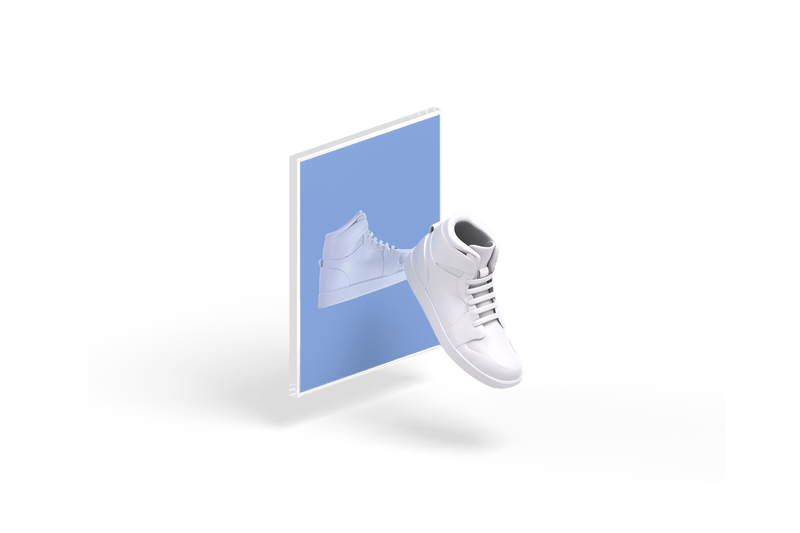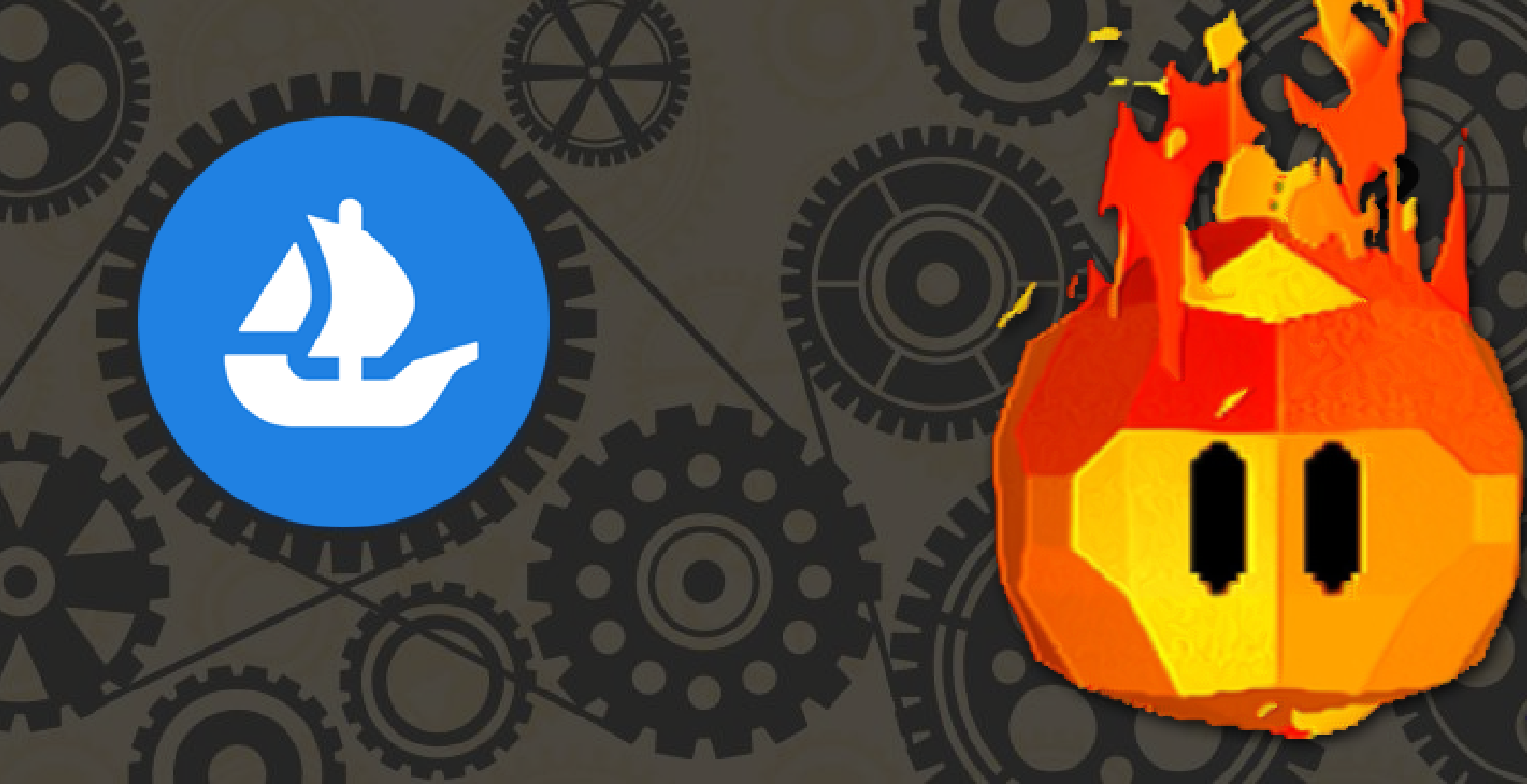Redeemable NFTs have emerged as a new type of NFT that allows users to link digital assets to real-world assets. However, there is still no approved standard that helps creators adopt and build their products. Recently, OpenSea introduced an open standard that makes it easier for users to create, discover, and exchange these NFTs directly on OpenSea. In this article, let’s join Weakhand to learn about the new roadmap and standards that OpenSea applies to Redeemable NFTs.
Before jumping into the article, everyone can refer to some of the following articles to understand better
- What is Redeemable NFT? Opening new pathways for NFTs to the real world
- What is OpenSea? Overview of OpenSea cryptocurrency
What is Redeemable NFT?
Redeemable NFT is a Non-fungible Token (NFT) that represents ownership of a virtual item or a real-world item. People can understand the Redeemable NFT concept very simply: NFT buyers can exchange it for another asset, such as a virtual item or a real-world item.
In 2022, Olivier Fernandez, Frédéric Le Coidic, and Julien Béranger proposed EIP 5560 to introduce the extension needed to turn NFTs into Redeemable NFTs. This proposal was adopted by Ethereum founders and officially became the ERC 5560 standard on Ethereum.

What is Redeemable NFT
By adding extensions to the NFT Smart Contract, developers were able to validate the redeemability of the NFT. If an NFT is redeemable, this function will display as “true” and if it displays as “false” then the NFT has been redeemed.
Redeemable NFT is designed to bridge the gap between the real world and the digital world. With the help of Smart Contract, users can use NFTs to purchase physical items such as clothing, collectibles, and even tickets to events. Redeemable NFTs can also be used to redeem rewards, services, and special offers.
OpenSea’s New Standard for Redeemable NFTs
OpenSea has introduced an open standard for Redeemable NFTs of both on-chain (NFT → NFT) and off-chain (NFT → goods, services or experiences). OpenSea is publishing two new standards on Ethereum including ERC-7496 and ERC-7498 and two Seaport enhancement proposals including SIP-14 and SIP-15 to promote the development of the Redeemable NFT ecosystem.
In addition, OpenSea also offers additional initiatives that build on this standard to support a variety of Redeemable NFT use cases including Tools that help shorten the time from creator’s idea to delivery. Their project is implemented.
OpenSea’s Roadmap for Redeemable NFTs
Over the next few months, OpenSea will launch a series of initiatives to help creators and developers build new Redeemable NFT projects:
Milestone 1: Open standards
OpenSea’s first step is to open source the Redeemable NFT standards that the development team is working on. OpenSea is also seeking technical feedback from the community and inviting creators and partners to suggest modifications to improve its standards.
While creating Redeemable NFT experiences in OpenSea is not yet open to community users, OpenSea has released a number of products to demonstrate the Redeemable NFT experience.
Burnie: A Redeemble NFT product developed by OpenSea

OpenSea launches Burnie the Flame NFT
To highlight the standard preview and user experience for Redeemble NFT on OpenSea, the development team introduced a product called Burnie the Flame. Users can mint a Baby Burn egg on the OpenSea drop site, then users can burn and exchange their egg for Burnie.
Milestone 2: Feature redemption and on-chain redemption
Next, OpenSea will roll out on-chain redeemable support for all creators directly on OpenSea. Creators can attach redeemable items to their collections using Tools powered by OpenSea, and those redeemable items will be discoverable and actionable right on OpenSea . Buyers will be able to view the swap history of NFTs and available redeemable items on OpenSea’s platform, and they will also be notified when the NFT they hold has a redeemable item available new.
In addition, OpenSea will also expand the design space of redeemable products by introduction “trait conversions” – an alternative to the model “burn-to-redeem”. For feature redemption, users do not need to burn the original NFT to exchange for a new NFT, but only need to change one of the features on the original NFT. Not only does this allow users to keep NFTs in their wallets after they are redeemed, but it also allows an individual NFT to support multiple redeemables without the need to burn the original NFT.
For example: If a creator wants to offer a new NFT with some additional features to their community, instead create a new collection and distribute each individual NFT to the original owner. Now they can simply delete some of the old features and add some new ones to their collection.
Milestone 3: Redeemable NFTs for real-world items
The ultimate goal of OpenSea is to help creators deploy Redeemable NFTs off-chain to their communities (physical goods, tickets, events,…) but accessing those physical items is often very difficult to determine.
OpenSea is expanding on-chain Redeemable NFT standards to help creators easily link highlights between items in their collections and off-chain physical items outside of OpenSea while still tracking status On-chain swaps through NFT characteristics.
OpenSea is also implementing relationships with many real-world partners such as: e-commerce brands, ticketing centers, etc., helping creators easily enable off-chain redemption.
summary
Redeemable NFT is a potential new field that brings NFT closer to the real world. OpenSea is one of the pioneers with detailed roadmaps and plans for Redeemable NFTs. Hopefully this article has helped everyone receive useful knowledge.


